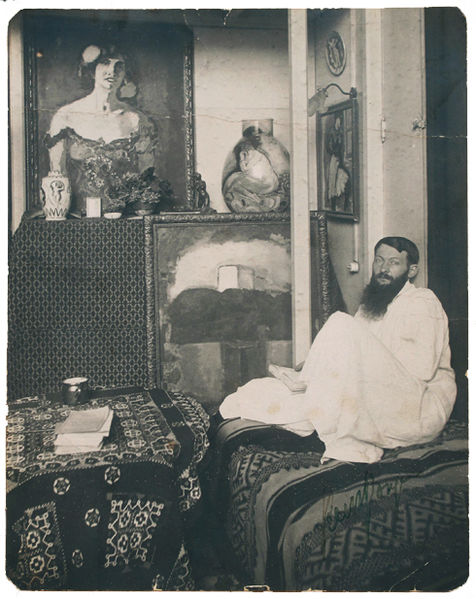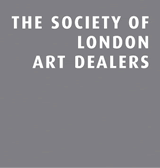Kees van Dongen (1877 - 1968)
- AVAILABLE ARTWORKS FOR SALE
For more available works please contact us on stern@pissarro.com or +44 (0)20 7629 6662.
 (credits: anonymous)
(credits: anonymous)
Cornelius Theodorus Maria van Dongen, better known as Kees van Dongen, was a Dutch painter and one of the Fauves, a community of twentieth-century artists whose works were characterised by wild brushstrokes, strong colours rather than their realism.
Born into a middle-class family in Delfshaven, now a borough of Rotterdam, van Dongen began his artistic education at the age of 16, enrolling at the Academy of Fine Arts in Rotterdam. During this youthful phase of his career, van Dongen would draw scenes of sailors and prostitutes, whom he observed in the city's Red Quarter.
Van Dongen began exhibiting his artistic compositions in Paris at the turn of the century; indeed, here he contributed to the controversial exhibition of the 1905 Salon d'Automne, at which the critic Louis Vauxcelles entitled the participating artists 'fauves', or 'wild beasts', a dismissal which ironically became used as the name of their movement. At this time, van Dongen considered himself as part of an avant-garde revival of painting, which fractured the dominant style of Neo-Impressionism. He joined a group of painters including Maurice de Vlaminck, Othon Friesz, Henri Rousseau, Robert Delaunay, Albert Marquet and Édouard Vuillard.
At the conclusion of the First World War, van Dongen fully embraced Fauvist style he had tended towards in his youth and developed a palette of vibrant hues, which he employed in his highly-demanded portraits of the French bourgeoisie. At this zenith of his success, van Dongen painted subjects including the Parisian actress and model Arletty, Jean Louis Barthou, the former Prime Minister of France, and Leopold III of Belgium.
Between 1926 and 1927, in recognition of his services to art, van Dongen was made a Knight of the French Legion of Honour and a member of the Order of the Crown of Belgium. From 1958, van Dogen lived in Monaco, and he died there at his home in Monte Carlo in 1968.
Read more
Born into a middle-class family in Delfshaven, now a borough of Rotterdam, van Dongen began his artistic education at the age of 16, enrolling at the Academy of Fine Arts in Rotterdam. During this youthful phase of his career, van Dongen would draw scenes of sailors and prostitutes, whom he observed in the city's Red Quarter.
Van Dongen began exhibiting his artistic compositions in Paris at the turn of the century; indeed, here he contributed to the controversial exhibition of the 1905 Salon d'Automne, at which the critic Louis Vauxcelles entitled the participating artists 'fauves', or 'wild beasts', a dismissal which ironically became used as the name of their movement. At this time, van Dongen considered himself as part of an avant-garde revival of painting, which fractured the dominant style of Neo-Impressionism. He joined a group of painters including Maurice de Vlaminck, Othon Friesz, Henri Rousseau, Robert Delaunay, Albert Marquet and Édouard Vuillard.
At the conclusion of the First World War, van Dongen fully embraced Fauvist style he had tended towards in his youth and developed a palette of vibrant hues, which he employed in his highly-demanded portraits of the French bourgeoisie. At this zenith of his success, van Dongen painted subjects including the Parisian actress and model Arletty, Jean Louis Barthou, the former Prime Minister of France, and Leopold III of Belgium.
Between 1926 and 1927, in recognition of his services to art, van Dongen was made a Knight of the French Legion of Honour and a member of the Order of the Crown of Belgium. From 1958, van Dogen lived in Monaco, and he died there at his home in Monte Carlo in 1968.

